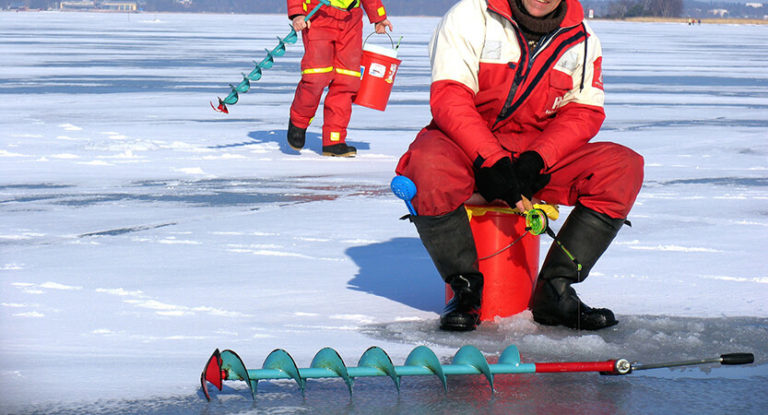What is fishing associated with the common man in the street? That’s right: a quiet beach, a float rod and a worm on a hook. This patriarchal peaceful picture does not reflect all the variety of fishing types : modern anglers use other tackle as well. At their disposal are spinning rods, jigs, feeders, carp rods of all kinds of designs with a variety of rigging options. And in almost all cases, it is possible to use the most well-deserved, affordable and universal bait – a worm.
Chopped worms are often used as an animal component in the preparation of groundbait mixtures. However, its main purpose remains to be used as bait. It would seem, what is the trick – equip the hook with a wriggling nozzle? Yes, this is not difficult, but knowing some principles will help make the worm as attractive as possible to the fish and prevent it from slipping off the hook. And in this publication we will deal with these subtleties in detail.
Here is an overview of the content of this tutorial, feel free to jump to any section you care about:
For more fishing instructions, take a look at these popular Trizily links: Best Bass Fishing Lures, Best Fishing Lines.
- How To Choose Bait For Fishing
- How To Determine The Age Of A Fish
- How Weather Affects Fishing: All You Need To Know
How do you find good worms?
In most cases, all kinds of earthworms are used for fishing: earthworms (creepers), leaf leaves, marsh and others like them. Even the dung beetle is a close relative of the crawling. All the rest of the creeping animals living in our latitudes and used as a nozzle are nothing more than the larvae of all kinds of insects that have nothing to do with true worms. The only exception is Nereis (sea worms) that live in estuaries and river estuaries, in a word, where fresh water is generously diluted with sea water.
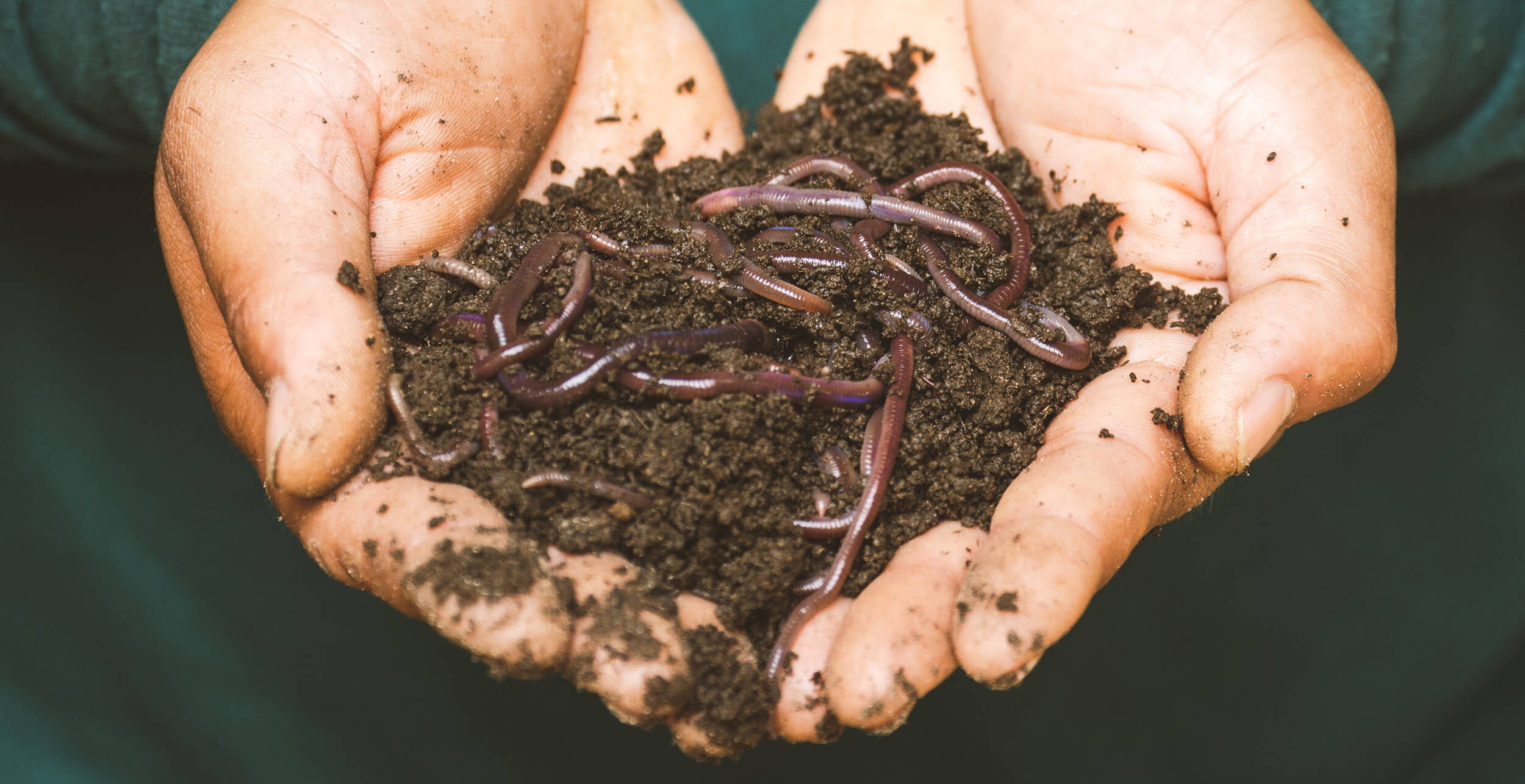
For the nozzle, it is best to use worms that are sold in specialized stores – these are “Californians”, “prospectors”, ” european nightcrawler”. They were bred artificially, and significantly surpass the wild earthworm in all respects: they are more tenacious, with a dense shell, they do not “flow out” even when chopped into pieces.
However, you can get an earthworm yourself, and almost everywhere. Even a shovel is sometimes not needed: it is enough to turn over a couple of stones or boards that have long been lying on the ground. After the rain, crawls can be collected even in the city, from the asphalt. The dung beetles live under fallen leaves and rotten grass, dung beetles live on farms, in the lower layers of dung heaps. And the stocks of the swamp can be replenished directly on fishing: it is enough to dig with a stick in the viscous wet soil, where the coastal vegetation grows.
How to store bait while fishing?
For fishing, the most active individuals are selected, commensurate with the parameters of the hook and potential prey. It is better to discard sluggish, pale individuals at once – perhaps they will “work” by active fish, but hardly by sluggish nibbling.
Brightly colored worms that show increased activity need to be planted on the hook, and the angler’s goal is to keep them as such. This means that the bulk of the bait should be kept in the shade and cool. You can dig a jar of worms in the coastal soil among the vegetation, or you can dig a hole somewhere under a bush.
Do not forget that all living things need oxygen and feel best in their usual habitat. This means that the container must be large enough, and it must be filled up to about half with earth, preferably taken from the worm’s habitat. However, the volume of the container and the land depends on the number of “inhabitants”: the main thing is that they are cool and at ease. Close the lid tightly, otherwise the fish treat will creep, but do not forget to make ventilation holes in it!

Basic rules for baiting
There are few basic principles for the correct attachment of worms, but they must be strictly observed:
- The worm must be alive . Do not be lazy to change fallen asleep individuals for fresher and more active ones during fishing. The stock can always be replenished using the above methods.
- The size of the bait must match the parameters of the hook . Do not cling to the miniature “swallow” of large individuals entirely – the fish will simply pull off the bait and leave happy and well-fed.
- The hook must be very sharp . A blunt point does not pierce the worm, but tears it, maximally traumatizing and reducing vitality.
- Hooks with a long handguard are used . They provide maximum strength for the bit. Short forend options are more relevant for vegetable baits.
- The body of the worm is completely put on the hook . In some cases, part of it even starts on the line. Sometimes the sting is left open.
In this case, we are talking about natural baits. Silicone “worms” are usually attached to an offset hook during spaced mounting and are used in spinning fishing . It can also be used with a jig head.
Worm implantation methods
Let’s figure out the most popular options for forming a nozzle:
- “Stocking” . The little body is pierced almost from the head and put on a hook like a stocking. In this case, part of the bait hangs from the sting, hidden inside or brought out, and actively moves, attracting fish. This is the most common and versatile option.
- With the approach to the fishing line . In fact, this is a variation of the previous method: the algorithm is the same, but the worm is pulled higher on the line through the forend. In this case, it is important that the hook is attached to the line through a spatula, and not a loop or eyelet, especially when it comes to delicate nereis. The thick-skinned prospector can also be pulled through the loop.
- “Ring” . We make a through puncture of the individual near the head and insert the sting closer to the tail, without bringing it out (the “tail” remains free and wriggling).
- “Eight” . Before us is a kind of evolution of the figure eight: the first puncture, as in the previous case, the second – in the middle of the body and also through, the third – at the tail without bringing the forend out.
- Half. Only half of the worm is put on the hook: the sting is inserted into the gap. This method is used to catch small fish with miniature hooks.
- “Dotted line” . The body is, as it were, stitched with a sting in several places in succession. This attachment is suitable for “thick skin” varieties such as the prospector or dung beetle. With this option, it is possible to plant a very large individual, which will wriggle for a long time and actively.
- “Lumpy” . The little body is torn into several parts, which are put on sequentially. Naturally, we are not talking about any kind of viability of the worm, but if fishing is carried out in conditions when the little thing constantly licks the bait, unable to swallow it, the method is quite acceptable. For fishing live bait – generally ideal.
- “Garland” . In this case, several individuals are used, put on the hook in succession, through punctures along the body.
- “Bunch” . The method of inserting several worms, as a rule, is a through puncture at the head. It is applicable only if there is targeted fishing for trophy fish, and there are no small things nearby.
- For mounting from several hooks . A large specimen is passed through several (2-3) hooks, starting from the upper one.
- “Sandwich” . Combined option: one worm hook bait combined with other animal or vegetable origin (maggots, grain, corn, barley , steamed wheat and so on).

The nuances of baiting for different types of fish
What kind of earthworm fish prefers in a particular reservoir can only be found out empirically, so now we will talk only about the main points, depending on the type of intended prey:
- Crucian carp . This fish is picky, unpretentious and always hungry. It is not necessary to philosophize too much with the attachment: a medium-sized hook and a “stocking” attachment are the best options. True, the sting should be taken out: the small crucian carp is quite capable of pulling the bait, which it is unable to completely swallow.
- Roach . Also, we do not philosophize and do not overdo it with the size of the nozzle. You can use the lumpy or half method. It is not necessary to bring the sting out.
- Bream . We plant several worms with a bundle or a garland, and it is better to close the sting. However, with the appropriate size of the hook, one crawl or dendroben is also suitable – they can grow up to 20 cm long.
- Catfish . It is difficult to attract a river giant with such a modest bait, but there are times that he does not disdain with a bunch of crawlers, planted on the largest hook with a long forearm. Channel catfish are often caught on dendroben and prospectors.
- European Carp . The carp is very fond of the dung beetle, and it is better to string several copies with a garland. You can use one very large individual, stringing it with a ring or figure eight – this will immediately cut off the claims of the small fry. Close the sting – carp and carp are very careful.
- Carp . The food preferences of carp depend on how they feed it on the pond (this fish is bred mainly artificially). Under natural conditions, its tastes differ little from the preferences of the carp’s closest relative.
Fishing tips
We introduced you to the main options for the nozzle, now it’s time to reveal to you a few little fishing tricks:
- Do not store worms in metal containers – they give them an unpleasant taste from the fish’s point of view. A good quality plastic container or glass jar is much preferable.
- You cannot keep earthworms and dung worms in the same container. Dung beetles secrete toxins that are harmful to earthen relatives.
- If possible, take the earth for storage from the habitat of the worms. To maintain their vitality and vivacity, you can drip a couple of drops of strong cooled tea into the container every day.
- Do not be lazy to sharpen the stings before every fishing trip. A worm planted on a sharp hook will live longer.
- Give preference to dark matte shades. Shiny hooks can alert fish, especially if the bite is sluggish.
- Experiment. Combine the worm with other baits, dump it in the ground or oil, use various attractants. In a word, improve and invent for yourself with pleasure!
Before us is the most versatile bait of all. Fishermen manage to catch even a pretty decent pike on bunches of worms, not to mention all the peaceful representatives of the freshwater fish fauna. And with the right use of this bait, your chances of an enviable catch will increase many times over!

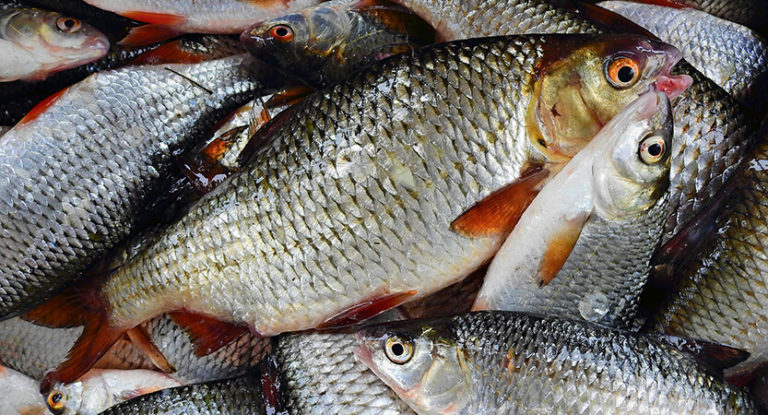
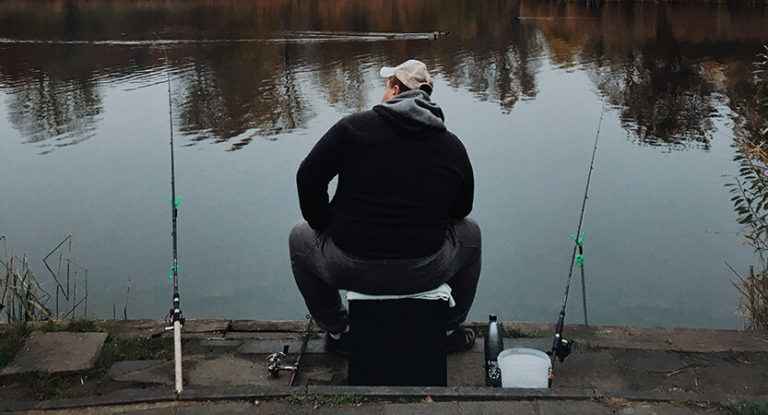
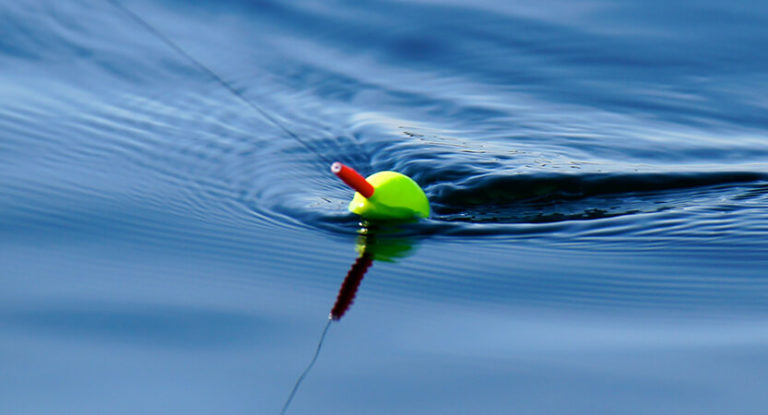
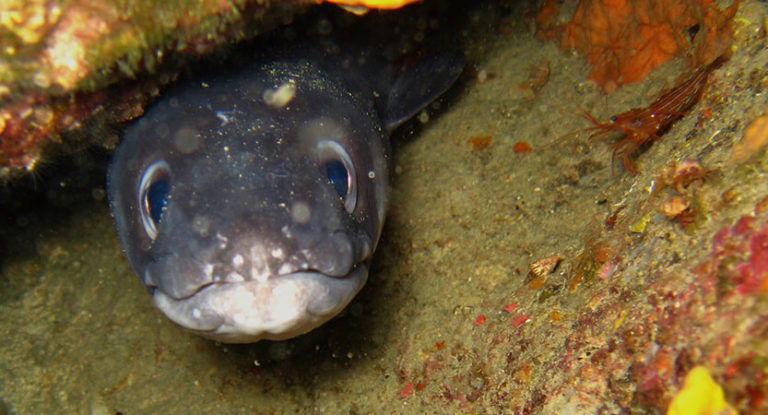
![The 10 Best Fishing Backpacks in 2023 [Detailed Guide] 8 The 10 Best Fishing Backpacks in 2023 [Detailed Guide]](https://trizily.com/wp-content/uploads/2022/03/best-fishing-backpacks-768x768.jpg)
